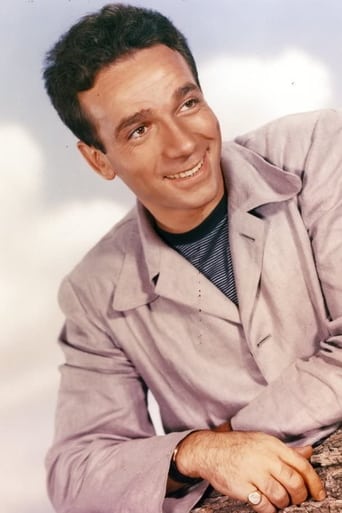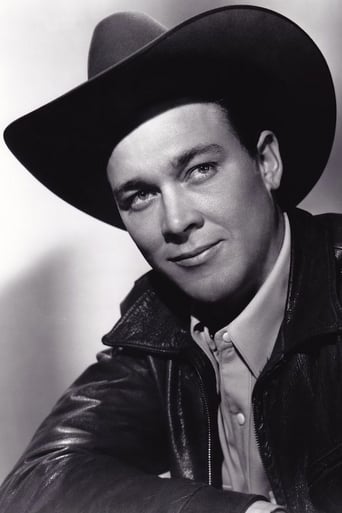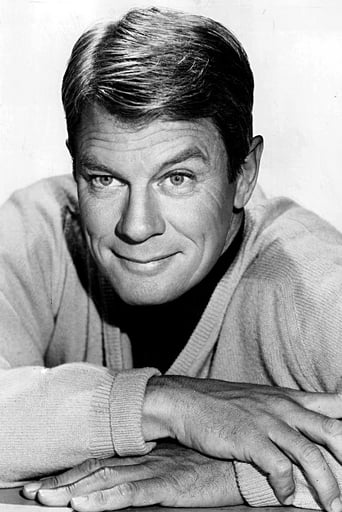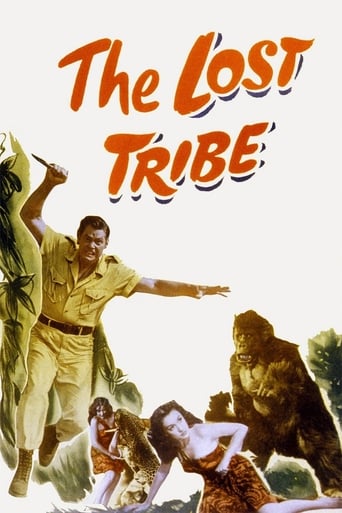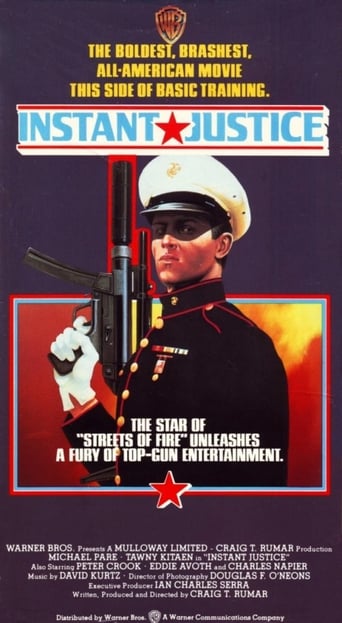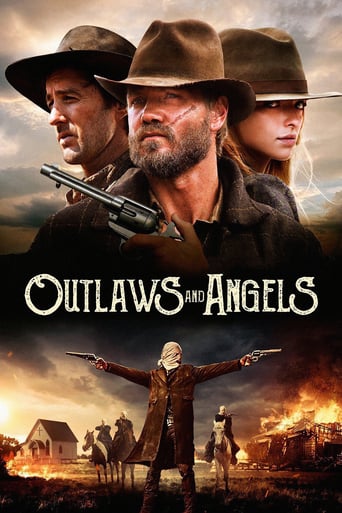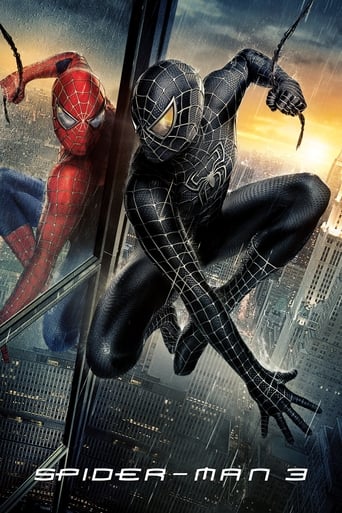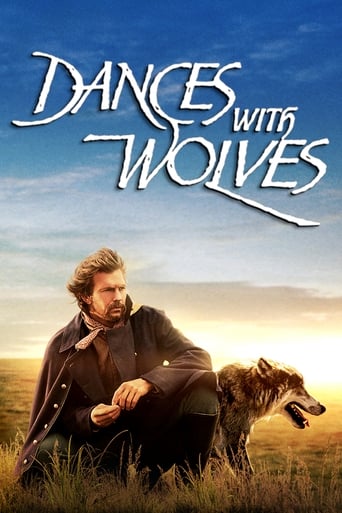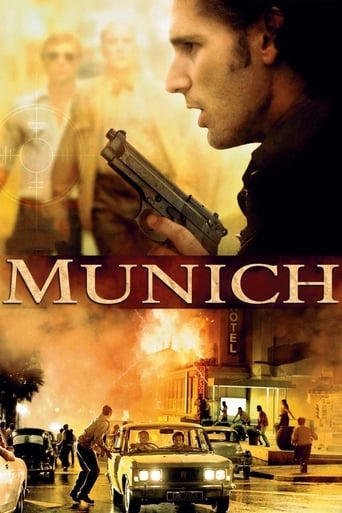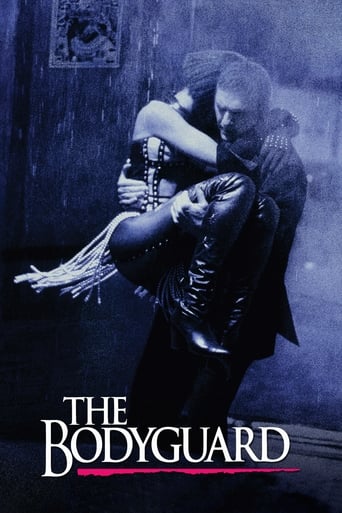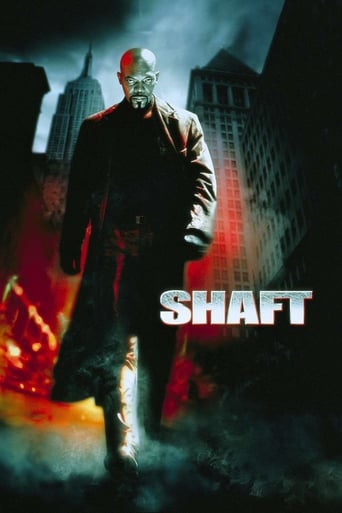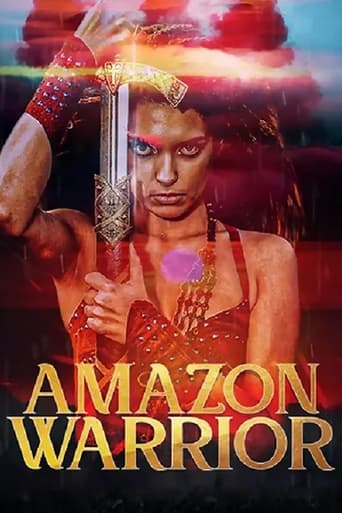
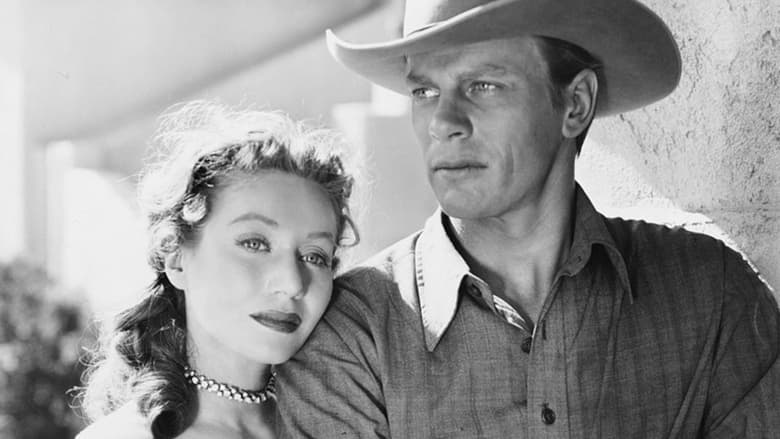
Fort Defiance (1951)
It's just after the Civil War and Ben Shelby arrives looking for Johnny Tallon whom he plans to kill. Shelby was the only survivor of a battle due to the cowardice of Tallon. Thinking Tallon dead, another man who lost a brother at the same battle arrives to kill Tallon's blind brother. Tallon arrives to find Shelby and his brother fleeing. Then they are attacked by Indians and Shelby and Tallon must now fight together postponing the inevitable showdown.
Watch Trailer
Cast


Similar titles
Reviews
I like westerns that starred Ben Johnson as a relatively young man. "Wagon Master" is a well known example. I came across this obscure film, released about the same time. In it, Ben plays Ben(Shelby, that is): an ex-Union soldier, who rides to the Tallon ranch in AZ, hoping to kill Johnny Tallon, whom he blames for his brother's death in battle, due to Johnny's said cowardice. The problem is, according to Ned, Johnny's blind brother, and his Uncle Charlie, Johnny is already dead, executed for bank robberies. This is the gossip in nearby Fort Defiance. Dave Parker, who owns a neighboring spread, also comes to kill Johnny, because his 2 brothers were killed in that same incident. No Johnny, so Parker decides to kill Ned instead. Ben doesn't think this is right, so we have a shootout, with Uncle Charlie, rather than Ned, a victim. Ben suggests that he and Ned form a partnership at the ranch. Before this, some Navajos showed up, saying they would take all the Tallon cattle. The Tallons + Ben didn't put up a fight. The Navajos were angry because the US government said thy had to move to a reservation.Eventually, Johnny shows up, to everyone's amazement, with $5000. he stole from a bank. He wants to use some of this money to get Ned to an eye doctor in San Francisco. But , Ned doesn't want to go. He wants to stay with Ben and the ranch....I will stop here, and let you see the film. There's a good amount of action, with several hostile encounters with Indians, as well with Parker and his bunch. There are several fist fights in the open, and a de facto suicide. Dane Clark, as Johnny, has a decided cocky attitude most of the time, which seems to be largely based on his very quick draw and accurate shooting. Peter Graves ably plays Ned Tallon, while white haired, bewhiskered, George Cleveland plays Uncle Charlie. Craig Woods plays Dave Parker, while Tracey Roberts plays Julie: Ned's surprising romantic interest.When Navajos attack a stagecoach, the horses are decoupled from the stage, which is used as a primitive barricade. The Indians are sitting ducks for a good rifle shooter as they circle around in daylight. They should have been able to kill all the defenders, but don't, before a cavalry arrives to shoo them away. They could have killed the horses or run off with them, thus disabling the coach.In one segment, the guys are complaining they can't get out the side of this long canyon. Yet, I saw several places where there was no canyon wall, and they should have been able to get out.I have to wonder about the scriptwriter's knowledge of geography, as the stage driver claims that San Francisco is only a day's travel from Navajoland!I have to wonder about Johnny's last act. Seems he was depressed over Ned's loyalty to Ben as opposed to him.This was one of the last films shot in 2-color Cinecolor: a cheaper alternative to 3-strip Technicolor... Shooting took place in parts of NM, southern Utah, and CA. See it at Youtube
'Ft. Defiance' is a B-movie western that in terms of story is quite a cut above the typical Saturday matinée fare. But, this is a description of the Cinecolor process it was shot in.3-strip Technicolor was the first technically viable, full color film process commercially available to the U.S. film industry. Although technically elaborate and expensive, for about a 15 year period (ca. 1935-50) it was also the only full color process available (Kodachrome, a reversal process yielding a positive image from the camera stock, was not regarded as suitable for studio film production).During Technicolor's reign there were a number of alternative low-budget color film processes based on the 2-color principle of color reproduction. Although 3 primary colors are required to obtain a full color gamut, a surprisingly natural-looking color image can be achieved by using only 2 primary colors, basically, a warm primary and a cool primary.Instead of dividing the spectrum into 3 bands (red, green, blue), it is split into 2 regions, representing the warm colors (red, orange, yellow) and the cool colors (green, blue, violet). In the photography, red and green color separation filters are used to obtain the 2 primary color images. Because of the technical complexity of full 3-color requirements, the first successful color motion picture processes (Kinemacolor and others) from the 1910's onward, were 2- color processes. Technicolor started out as a 2-color process itself.As with other 2-color processes (Trucolor being its main competitor) the Cinecolor process used Mitchell cameras adapted for bi-pack filming where 2 rolls of film are run through the camera simultaneously. The camera's magazines had 4 chambers, 2 feed and 2 take-up. Each roll of black & white film captured one of the 2 'primary' images.A Cinecolor film print contained 2 primary color images, a reddish-orange and a cyan, printed on opposite sides of the film base. In making splices, the projectionist had to scrape emulsion off BOTH sides of the film so the cement could form a proper bond. Focus was achieved by focusing at the center of the film base as a compromise (instead of on the emulsion).When Kodak and other companies introduced single-strip negative-positive color film systems around 1950 -- which meant that standard production cameras could be used for full- color filming without special adaptations or apparatus -- the raison d'etre for 2-color systems was eliminated, with 'Ft. Defiance' being among the last of its kind. 3-strip Technicolor itself survived only a few more years as a production process, although the lab continued providing imbibition film prints to the industry for more than a decade afterwards.Like other 2-color processes, Cinecolor suffered from a limited palette, where bright greens, yellows, and purples were not achievable. Most other colors could be represented with fairly reasonable approximations. It also suffered from a bit of variability in color densities. Nevertheless, it was the most natural looking of all the 2-color processes.Considering its 2-color limitations, what's remarkable about Cinecolor is how natural-looking it could be.Some other 2-color Cinecolor titles are: Black Gold (1947) Albuquerque (1948) Strawberry Roan (1948) Flight to Mars (1951) Flat Top (1952) .
Fort Defiance is an independent western from United Artists, more interesting than good. It was an attempt at some adult themes in a western that would become more commonplace in the future. Sad to say though its characters are not developed fully.Ben Johnson arrives at the ranch of George Cleveland and his two nephews, Peter Graves and Dane Clark. He's looking for Clark who has not made it home from the Civil War yet. Supposedly Clark ran out on his troops while on a mission to deliver a message and nearly everyone died in the command he served with. Johnson was one of the few survivors, his brother wasn't and he's out to get Clark.As his big rancher Craig Wood who had running feud with Cleveland, Clark, and Graves before the Civil War, heightened by the loss of two brothers. He wants the whole family dead, including Graves who is blind.Johnson, feeling sorry for Graves and Cleveland throws in with them before Clark arrives. They face an attack on the ranch, a stagecoach massacre from some Navajos before the inevitable showdown. Possibly in the hands of a major studio with a better script Fort Defiance could have been a better film. As it is some of the character motivations just don't make sense fitted into the overall framework of the story.Still this cast of good professionals feels at home in westerns with the exception of Dane Clark who was way too urban a character for a western.Interesting film, but not as good as it could have been.
It is several months after the end of the civil war, and Ben Shelby (Ben Johnson) shows up at the Tallon Ranch to kill John Tallon (Dane Clark). Tallon had given himself up to the confederates just before the war ended and this led to a company of the Arizona volunteers being wiped out, Ben's brother among them. He meets John's young, blind brother Ned (Peter Graves) and Uncle Charlie. John is not around and Ben ,saying he knows John from the war, decides to wait for him. A problem comes up when he gets very close and Ned and Uncle Charlie. John has become a bank robber and a killer which Uncle Charlie has kept from Ned and asks Ben to also keep the secret because Ned worships his brother who supposedly was a war hero. Word finally reaches them that John is dead and Uncle Charlie and Ben have to tell Ned.There are additional problems. The Indians find out they are going to be moved to Oklahoma, don't like the idea and go on the warpath. Local land baron Dave Parker, who also lost brothers in the Arizona volunteers, finds out about John Tallon's act of cowardice and wants all Tallon's dead. This is just an excuse to get their ranch.AS you might guess. John Tallon finally shows up, but he is not the coward and killer you might expect, and Ben, besides fighting Dave Parker and the Indians, must face the possibility of killing a close friend's brother This is not exactly a B western. It was shot in New Mexico, has a cast of superb actors, more plot than there is in two current films( actually a plot worth of a major film) and complex, conflicted characters. I saw this film when I was very young and found out recently that it has not aged. It is well worth tracking down and watching. A very good sleeperThere is a problem with the color. The film was shot in Cinecolor, and it is just not as good as Technncolor of even Eastman color.The colors fade and blues and greens are lost. This film deserves a restoration.


